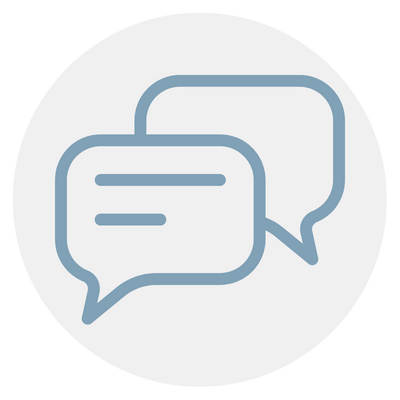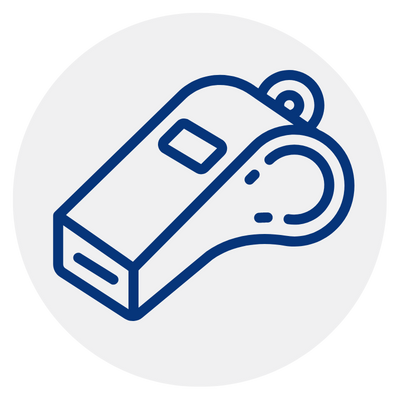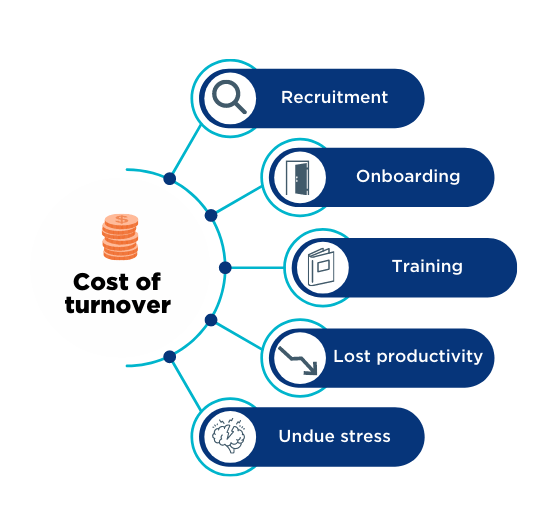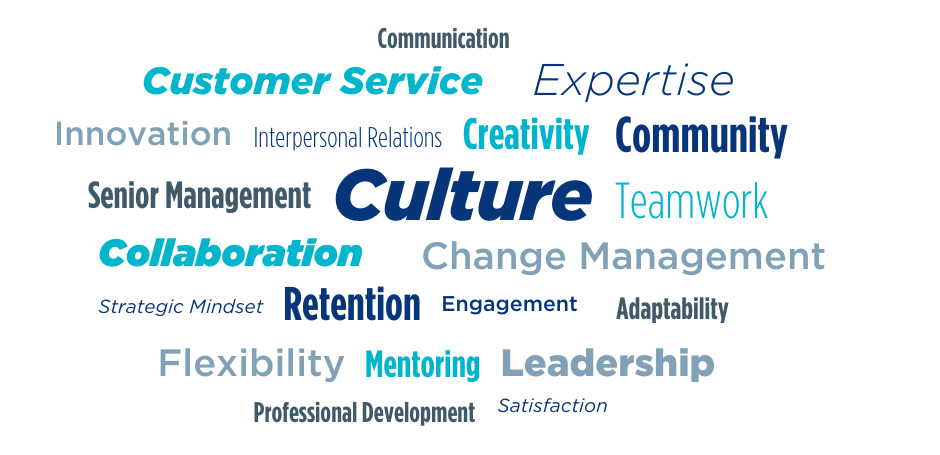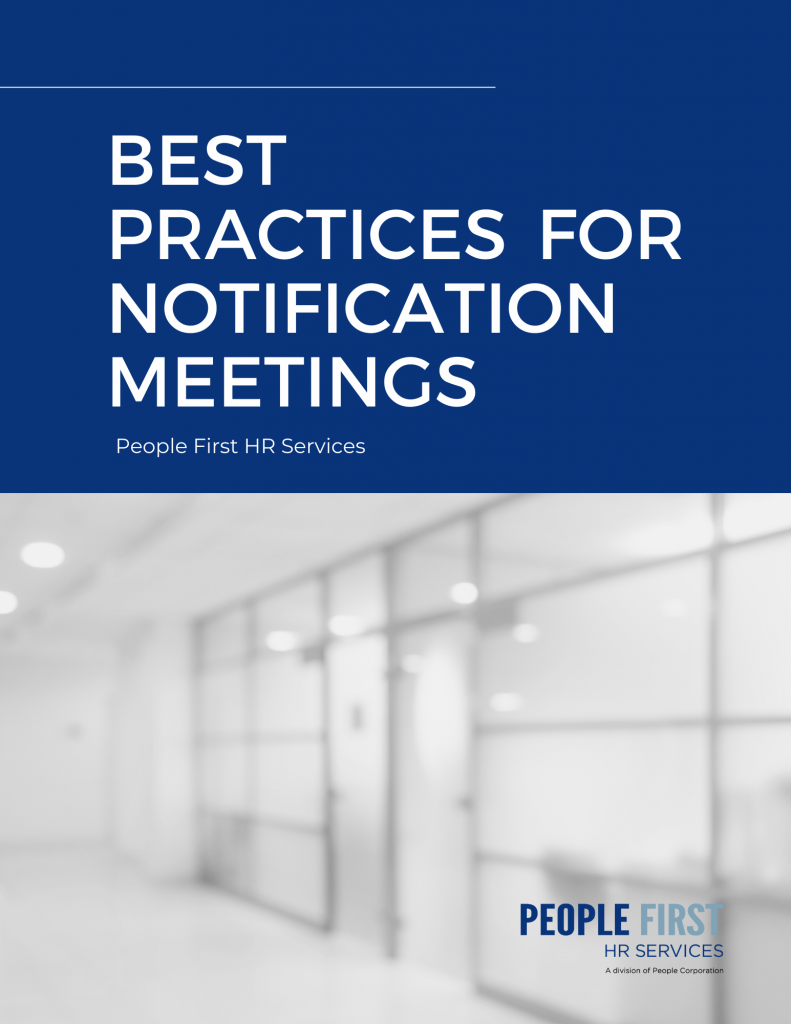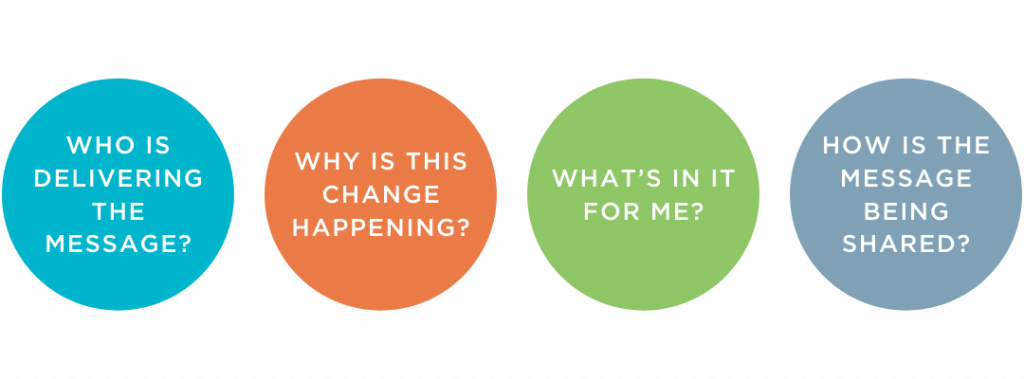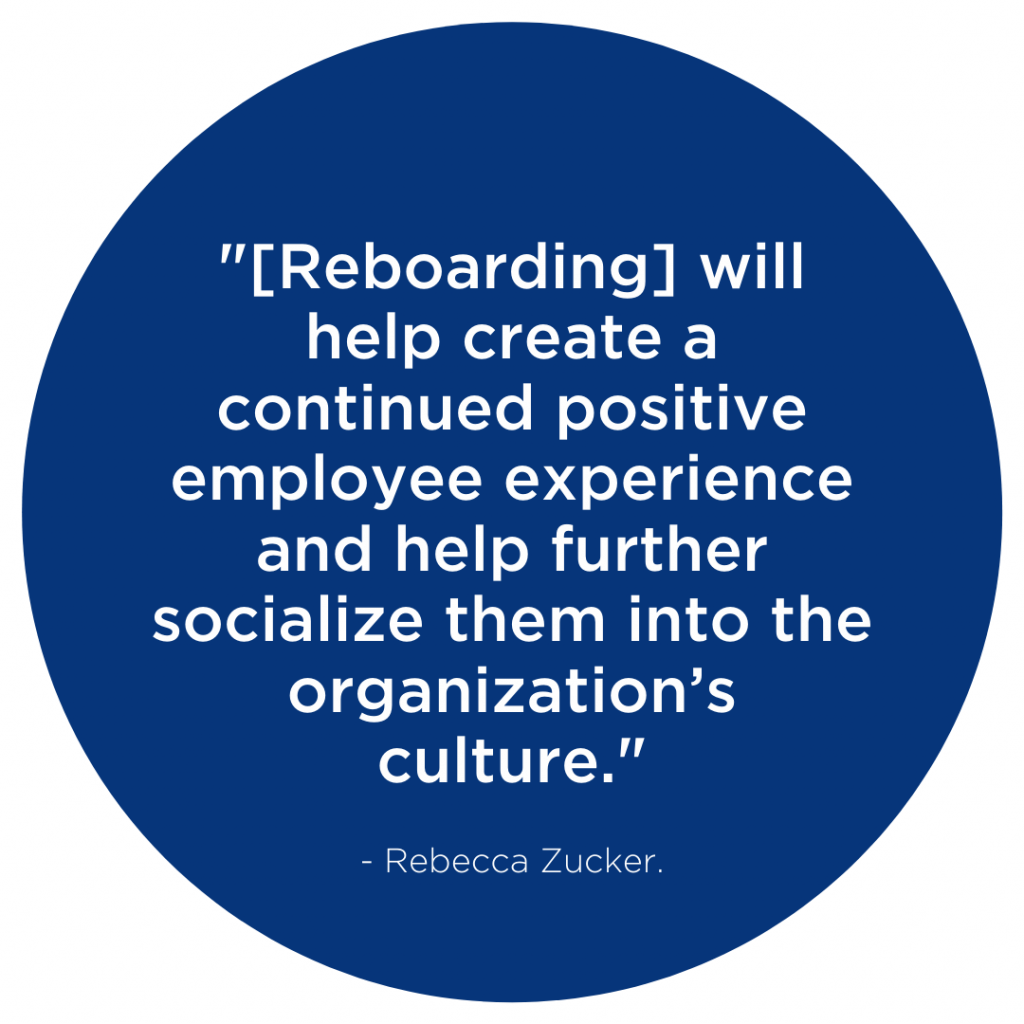Forget quiet quitting. Engagement is what you should be really worried about.
Strategic HR Consulting
The not-so-new phenomenon of quiet quitting was the hot topic of the summer. Our social newsfeeds were filled with posts debating this latest take on how the world of work continues to change.
Although the chatter was highly entertaining, we see quiet quitting as a fresh take on an existing concept — employee engagement, or the lack thereof.
Understanding engagement
Employee engagement has been a topic of interest within management and HR for some time. A quick online search produces a variety of articles highlighting the importance of engagement, methods to measure it, and every expert’s top five tips to increase employee engagement.
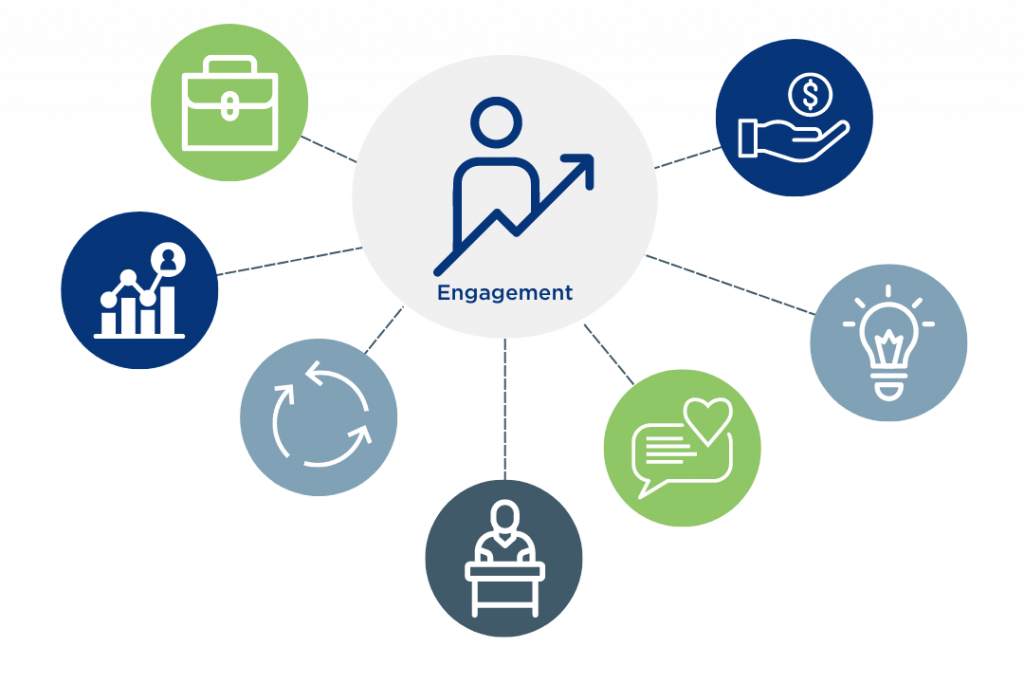
This is not surprising given that executives and business leaders consistently rate employee engagement as key to organizational performance. Moreover, employee engagement has been linked to job satisfaction, job performance, talent retention, reduced absenteeism, increased customer satisfaction and loyalty, innovation, and profitability. Strategically, an engaged workforce creates a unique set of internal capabilities that are valuable, rare, and hard to imitate — the building blocks of competitive advantage.
Although there is no universal definition, it is generally accepted that employee engagement is multidimensional, consisting of cognitive, affective, and behavioural components operating on a spectrum from high to low engagement. In essence, engagement represents the extent to which employees identify with, belong, and commit to the organization, are enthusiastic and experience positive emotions, and are motivated to expend discretionary effort to help others and improve performance.
Employee engagement is not a one-way street — It is an outcome that is highly influenced by factors within an organization.
Engagement is not a one-way street. Leaders can’t place the responsibility to be engaged solely on employees. And vice versa. Really, engagement is an outcome highly influenced by factors within the organization.
These factors (typically referred to as drivers) target individual, operational, and strategic levels within the organization. Specific areas of measurement often include:
- meaning and values alignment,
- communication,
- management practices that enable performance,
- quality relationships,
- a supportive and humane environment,
- feedback and recognition, and
- a focus on learning and development.

Together these drivers influence levels of employee engagement for good or bad. If the drivers are not aligned or are in deficit, employee engagement will likely decline, performance will deteriorate, and the twitter-verse will be chirping with more quiet quitting hashtags.
At this point, it is worth noting that despite the benefits associated with high levels of employee engagement, some research suggests most employees can be considered disengaged, meaning they are relatively happy in their role but are content to do the minimum. Although this may present a challenge, it is also an opportunity for organizations to evaluate how well they are facilitating the necessary conditions for employee engagement and performance.
Steps to building engagement.
Employee engagement is above and beyond basic loyalty and satisfaction. It is the combination of cognitive, affective, and behavioural factors that are linked to individual and organizational performance.
Step 1: Create a Deliberate and Systematic Process
Developing a deliberate and systematic process to assess levels of engagement and key drivers is the first step to building engagement. (People First HR can help with this…)
Frequently, organizations implement some form of a survey on a bi-annual or annual cycle. However, the tools used to measure engagement are often inconsistent, measuring a wide range of factors between years. Although some form of touchpoint is better than not seeking any feedback, an inconsistent measure does not facilitate an effective or coherent approach to developing employee engagement.
Consider:
- Implementing a consistent measure of employee engagement and key drivers that enables tracking changes and trends over time.
- Creating an employee voice program that is planned across the year and cycle of the organization. This may include a yearly engagement survey, but also brief and regular pulses to assess emerging trends or focus groups to deep dive into important topics.
- Linking business outcomes to engagement, such as sales revenue, customer experience, and employee retention.
Step two: Leverage the data collected
Understanding trends over time, areas of strength and weakness, as well as key underlying factors enable the organization to target change efforts at the individual, operational and strategic levels. It is crucial that information is not gathered and left to collect dust. Distrust and indifference can develop if nothing ever happens with the information collected.
Consider:
- Using analyses that go beyond the calculation of high or low scores. Identify the factors that have the greatest influence on engagement and use them to your advantage.
- Develop a plan to distribute and communicate results and recommendations promptly.
- Focus on enhancing the areas that have the greatest impact and greatest room for improvement. Also, build on your high-impact strengths and understand what contributes to your secret sauce.
- Including employees in the change process to increase meaning, alignment, and credibility.
Get back to the fundamentals of employee engagement
Whether it is quiet quitting, joyful joining, or some other creative alliteration, it all comes back to the fundamentals of employee engagement. Building and sustaining an environment that facilitates engagement is an interactive process between employers and employees that enhances the desire to belong to and perform in the workplace but can create that highly valuable internal resource that is hard to imitate.
If you are interested in learning more about employee engagement, how to measure it, and how to enhance it, contact us.

Dr. Thomas Hammond
Director, Transformational HR
Dr. Thomas Hammond leads innovative approaches to strategic consulting and organizational performance at People First HR.
He has over 15 years of international experience consulting across the healthcare, government, non-profit, professional sport, and higher education industries. Prior to joining People First HR, he was an executive at Ormond College – The University of Melbourne and has led strategy, innovation, organizational design and service implementation.
Contact People First HR
"*" indicates required fields

